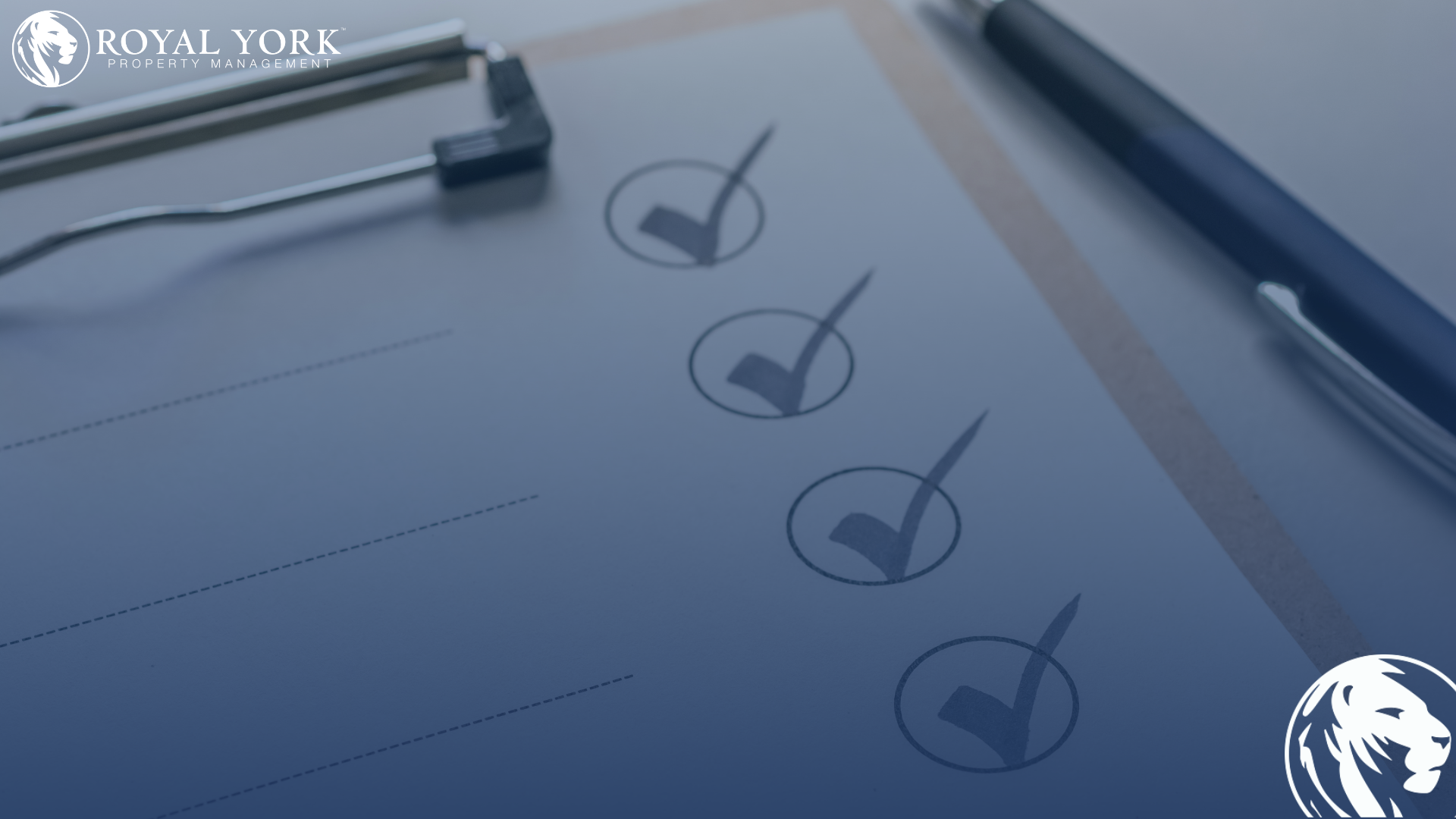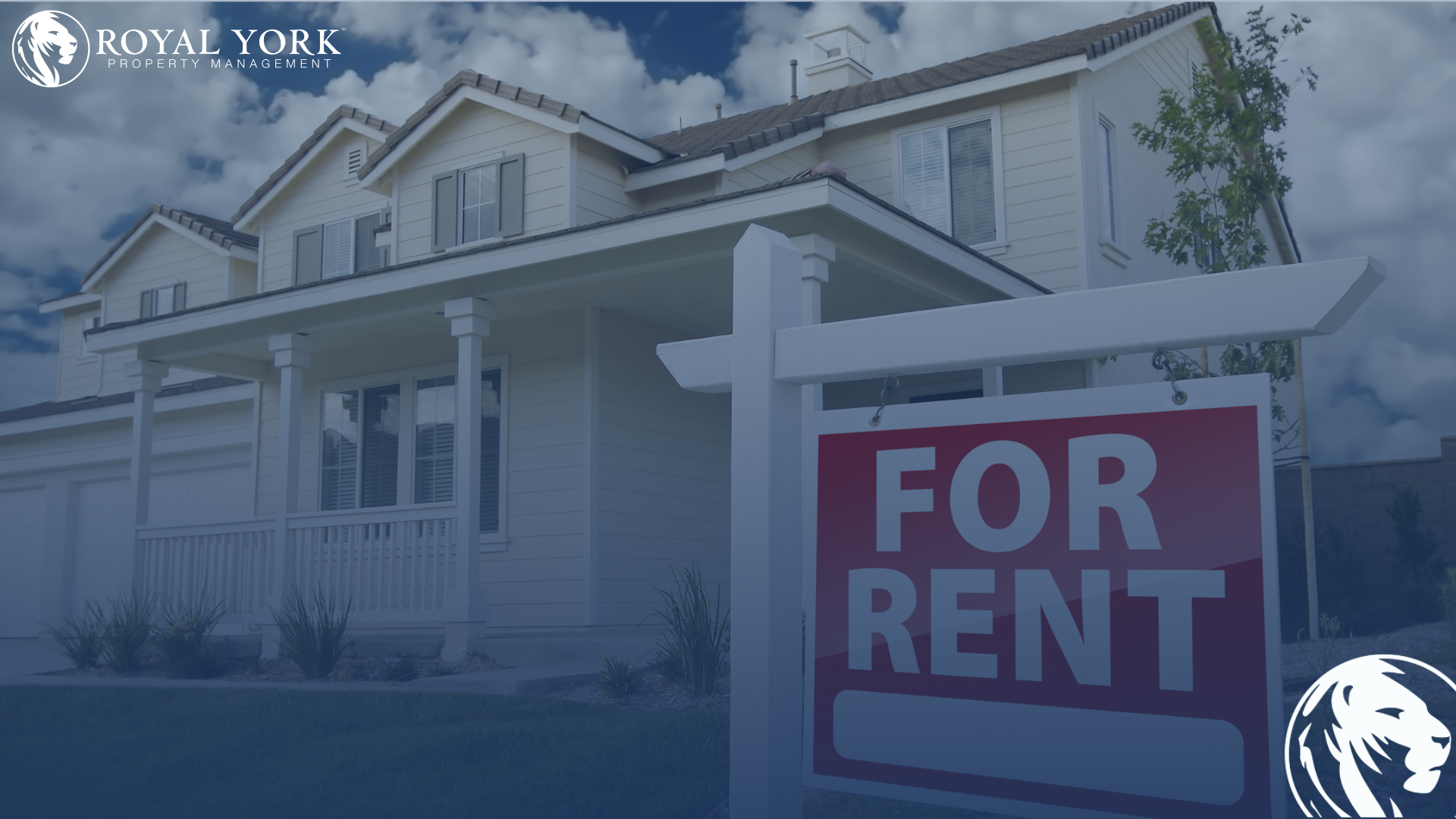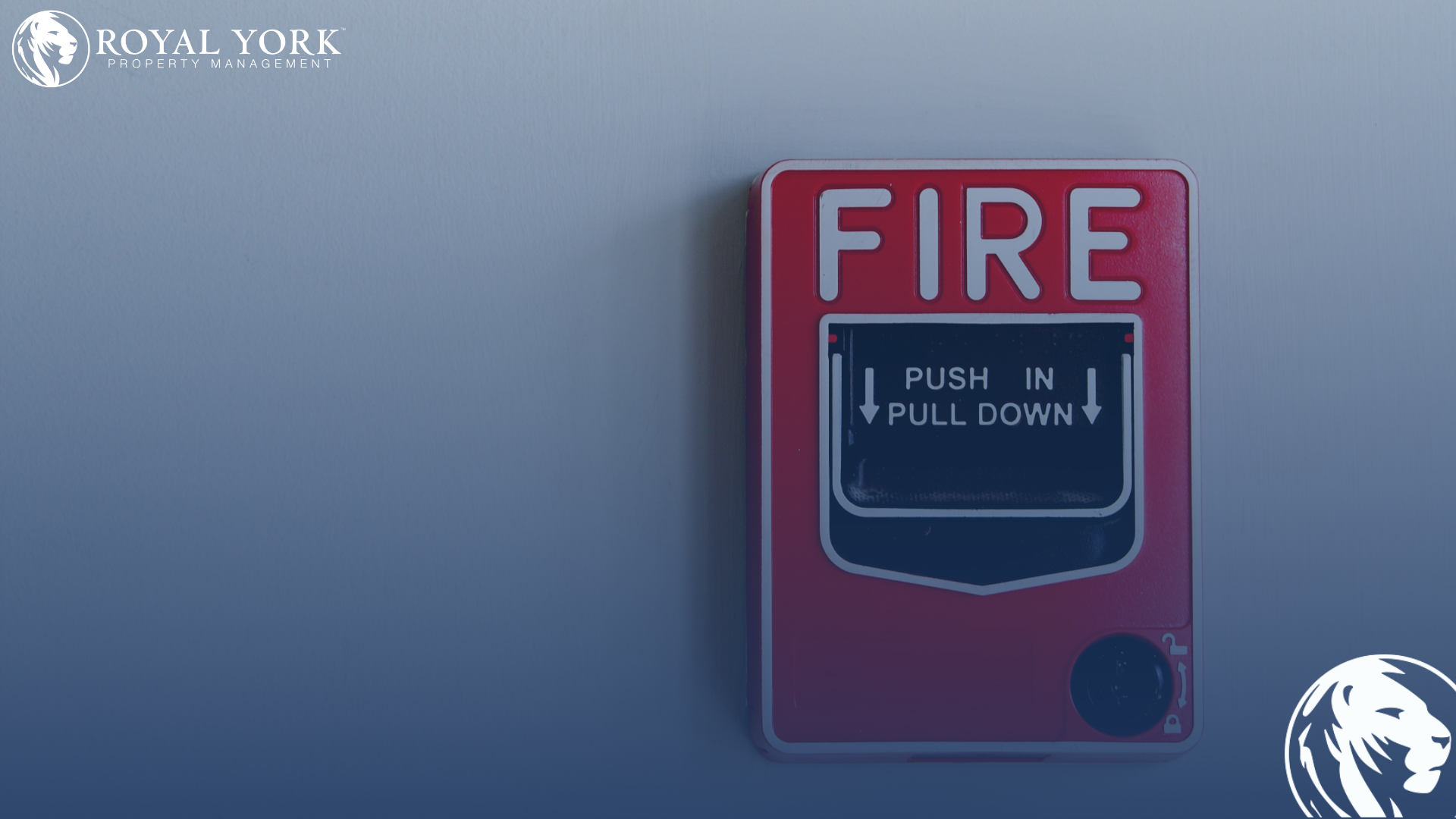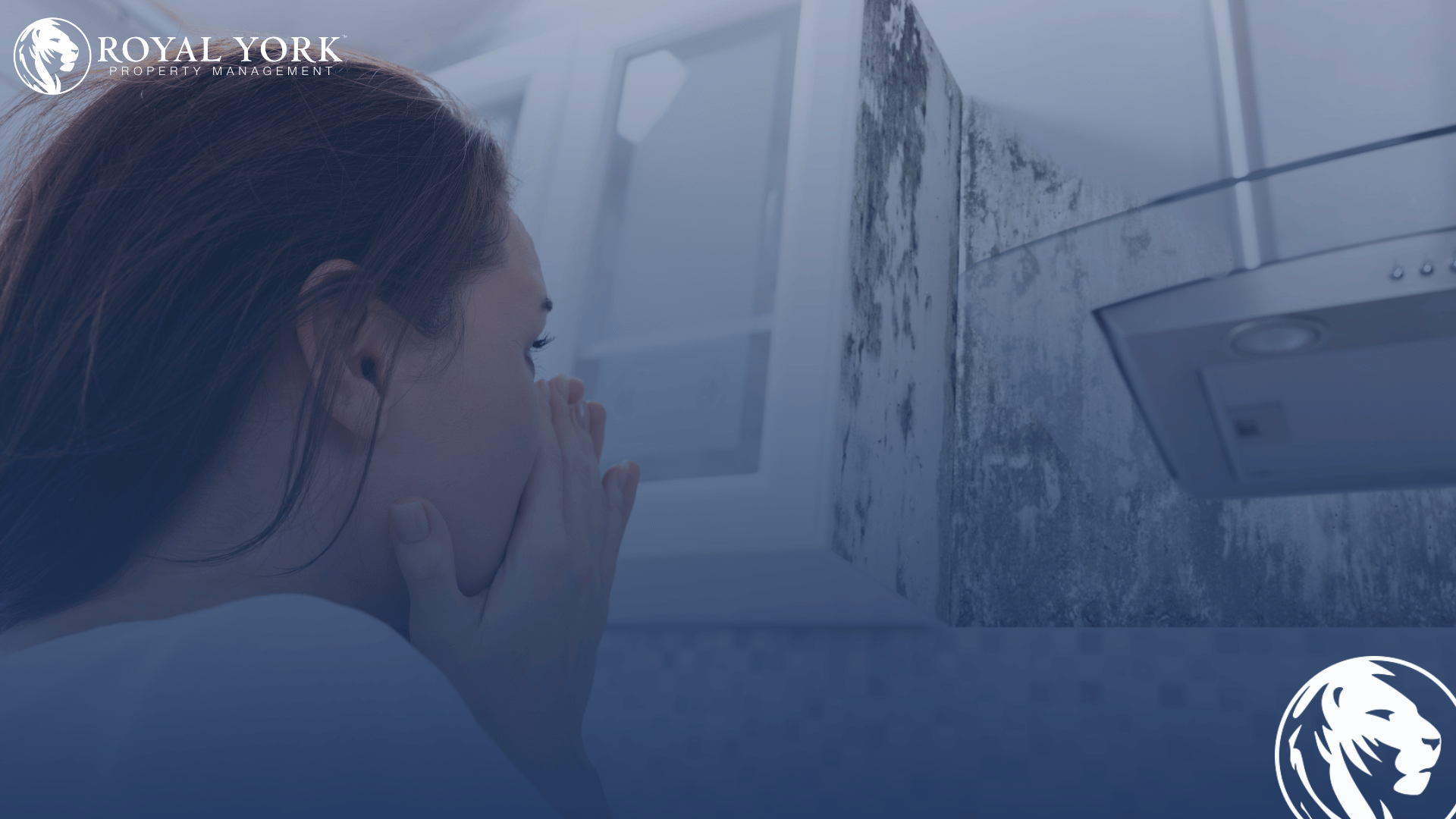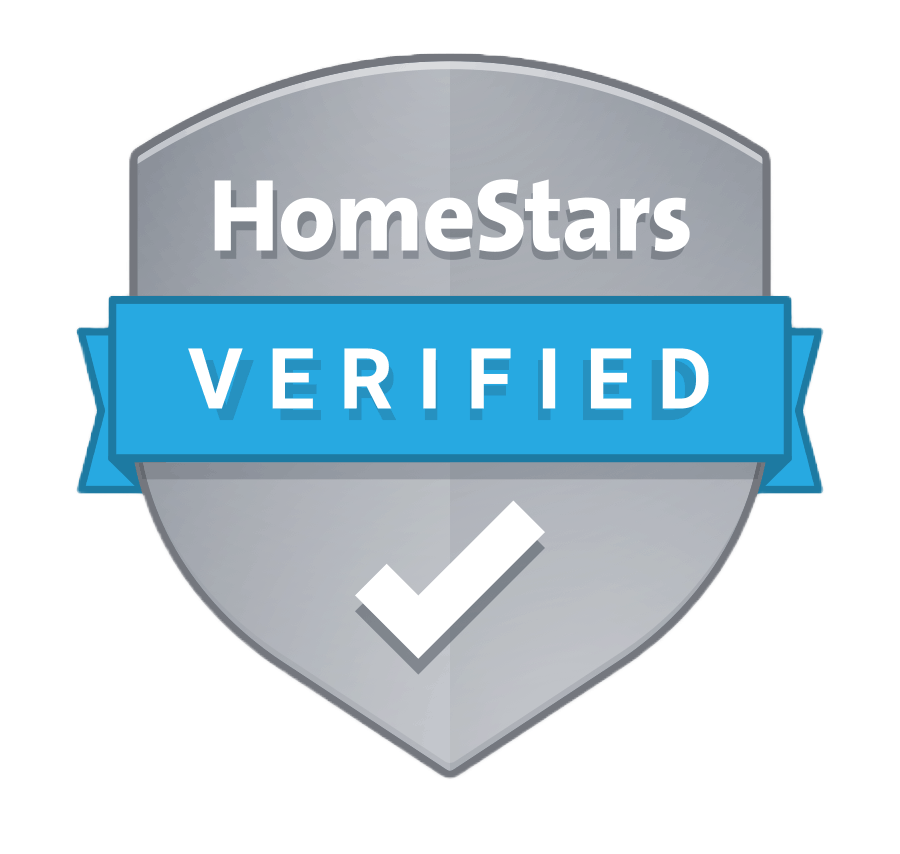
April 24, 2024
Property Management Tips, RYPM Resources
RYPM
As a premier property management and leasing company in Ontario, Royal York Property Management is committed to providing unparalleled service and expertise to landlords, investors, and tenants across Canada. With a vast portfolio of over 22,000 properties valued at more than $10.1 billion, we have established ourselves as a trusted partner in the real estate industry.
It is not rare to hear property owners asking us about what happens when they put their houses up for rent. As much as this may be good for both landlords and tenants who wish for flexibility, certain guidelines must be adhered to. This guide will walk you through everything you need to know about being a landlord if you’re considering subletting your property in Ontario, making sure that you handle this situation well and stay within legal boundaries.
What is meant by subletting?
Subletting happens when your tenant gives out the property or a part of it to another person, called a subtenant, for some time during their lease period. On the other hand, you are not renting directly to the subtenant but there are still certain rights and responsibilities.
The Legal Framework for Subletting
• Tenant’s Right to Sublet: In Ontario, tenants have the right to sublet their rental unit; however, they must get written approval from their landlord. You cannot unreasonably refuse consent as a landlord, but you should have sufficient information about the subtenant to make an informed decision.
• Landlord’s Approval: You need to know who is living on your property. The application for subletting should contain the names of possible subtenants, what terms this would take place under, and why it is done.
Consider these things:
Sublease assessment
• Screening process: Even though a subtenant may be suggested by your tenant, it is prudent to carry out your own screening. This should include credit checks, references, and background checks to ascertain if the subtenant is trustworthy and likely to follow the terms of the lease.
• Additions to the Lease Agreement: It is advisable to insist that the subtenant acknowledge and abide by the terms of the original lease, most likely through the signing of an appendix to that same original lease by all parties.
The management of a Subletting Agreement
• Clear Terms: The subletting agreement must have clear terms that indicate who is responsible for rent payment, maintenance, and damages. State this in writing to avoid future misunderstandings.
Financial Ramifications
• Duration of Sublease: The term of a sublease should not extend beyond that of the main lease. Make sure that you define when it starts and ends within your agreement covering this aspect.
Economic And Legal Consequences
Rent Concerns
• Control of Rents: According to the rent control laws of Ontario, no rental fee charged to a subtenant is supposed to exceed that which the original tenant pays. In order to avoid complications in terms of the law, make sure the sublease indicates this.
• Deposits on Security: You can demand a security deposit from a main tenant, but it is illegal under Ontario law to collect another from a subtenant.
How Tenant Violations Are Addressed
• Actions to be Taken Immediately: In case there are breaches of an agreement by a sub-lessee, you may be able to require both original and sub-tenants; however, depending on the gravity of the issue, this might end up in eviction proceedings.
Other Responsibilities and Best Practices
Maintenance of Insurance Policies
• Insurance Implications: It's therefore important that one ensure their property insurance against damage arising from having a subtenant covers such situations. Talk to your insurer about making changes where necessary. This will provide protection against any damage or liability that may occur due to having someone else as your tenant.
• Inform Tenants Regarding Insurance: It is vital to teach your tenants about the significance of having their own renter’s insurance that can cover their personal properties and offer liability protection that complements your property coverage.
Regular Property Inspections
• How to Schedule an Inspection: While respecting privacy laws, schedule routine inspections of the rented space to make sure the sub-tenant is maintaining it properly. Such inspections can be made part of the sublet agreement and help identify problems before they become serious.
• Documentation of Property Condition: Before the commencement of the subletting period, take photographs and write detailed descriptions about what the property looks like. This will be very helpful in disputes relating to damages by a subtenant.
Using professional property managers
Benefits of Professional Management
• Expertise and Support: A professional property management team like ours at Royal York Property Management can offer invaluable support in managing your property. We can handle everything from tenant screening to lease drafting and regular property inspections.
• Compliance Assurance: For a risk-free legal subletting arrangement, we ensure that all such subletting engagements are in line with the current Ontario housing laws, minimizing your risks while increasing your tenants’ satisfaction levels.
This proactive approach not only preserves your asset’s worth over time but also leads to stronger, lasting associations with tenants, subsequently enhancing long-term rental success.
Taking these extra steps and reflecting on possible property management support for landlords makes sure that they remain useful and problem-free for everybody concerned about their well-being.
Subleasing a property in Ontario requires careful thought and management to ensure it is advantageous and complies with the laws of the province.
Commonly Asked Questions
1. Do I have to approve a tenant’s sublet of my Ontario property?
Yes, landlords in Ontario must grant permission for tenants to sublet their units. However, refusal without good reason is not allowed if the tenant follows a proper procedure, which involves making a written application in that regard and giving details about the proposed new tenant.
2. Can I require my tenant to pay a fee to let someone else rent their home instead?
No, landlords in Ontario cannot charge tenants for allowing subletting. However, you can demand that any future subtenant undergo the normal application process of credit and reference check fees if it applies.
3. What are some things I need to include in a sublet agreement?
The time left on the leasing period must be shorter than the term stated on the initial lease. Rent and upkeep responsibilities fall on the shoulders of the subtenant. Any terms or conditions that apply to this agreement should also be aligned with those in the original lease.
4. How do I enforce the terms of a lease against a subtenant?
Signing an agreement with the subtenant is advisable, as it will make them abide by all aspects of the main lease. Another measure you can take is either asking for a personal meeting with the tenant or conducting background and reference checks to ensure dependability and conformity.
5. What if a subtenant spoils the property?
The main tenant stays accountable for the damage, even if it is caused by a subtenant. The original tenant will be responsible, and then you, as the landlord, can ask to be compensated for the same from him or her. A clear clause in the sublease agreement regarding damage and responsibilities is essential.
6. May I cancel a sublease in case of non-compliance on the part of the subtenant with the agreement?
As a landlord, your lease agreement is with the original tenant, not with the subtenant. If there are any issues that you have about this other person who does not abide by their lease, you need to take such matters up with your main tenant because he becomes liable to make things right again. However, if the breach persists after subletting violation procedures have been followed, eviction may occur.


